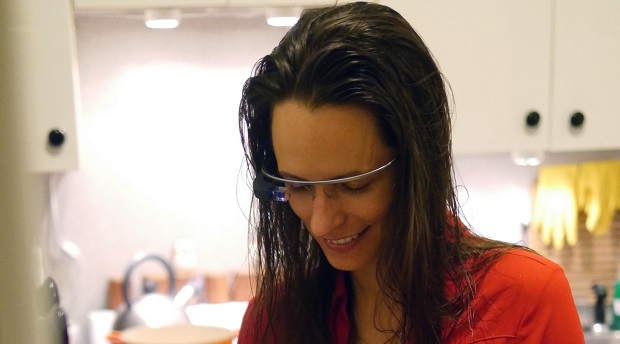Can Google Glass help autistic children read faces?
SAN JOSE, California — Like many autistic children, Julian Brown has trouble reading emotions in people’s faces, one of the biggest challenges for people with the neurological disorder.
Now the 10-year-old San Jose boy is getting help from “autism glass” — an experimental device that records and analyzes faces in real time and alerts him to the emotions they’re expressing.
The facial-recognition software was developed at Stanford University and runs on Google Glass, a computerized headset with a camera and a tiny display.
Julian is one of about 100 autistic children participating in a Stanford study to see if autism glass therapy can improve their face-reading abilities.
Autism advocates are excited that researchers are developing technologies to help the estimated one in 68 American children diagnosed with autism spectrum disorder.
RELATED STORIES
Overdose of folate and vitamin B12 during pregnancy may lead to autism—study
Study finds link between pesticides and autism
